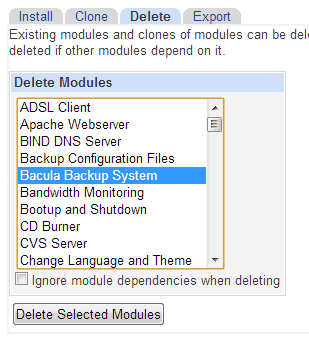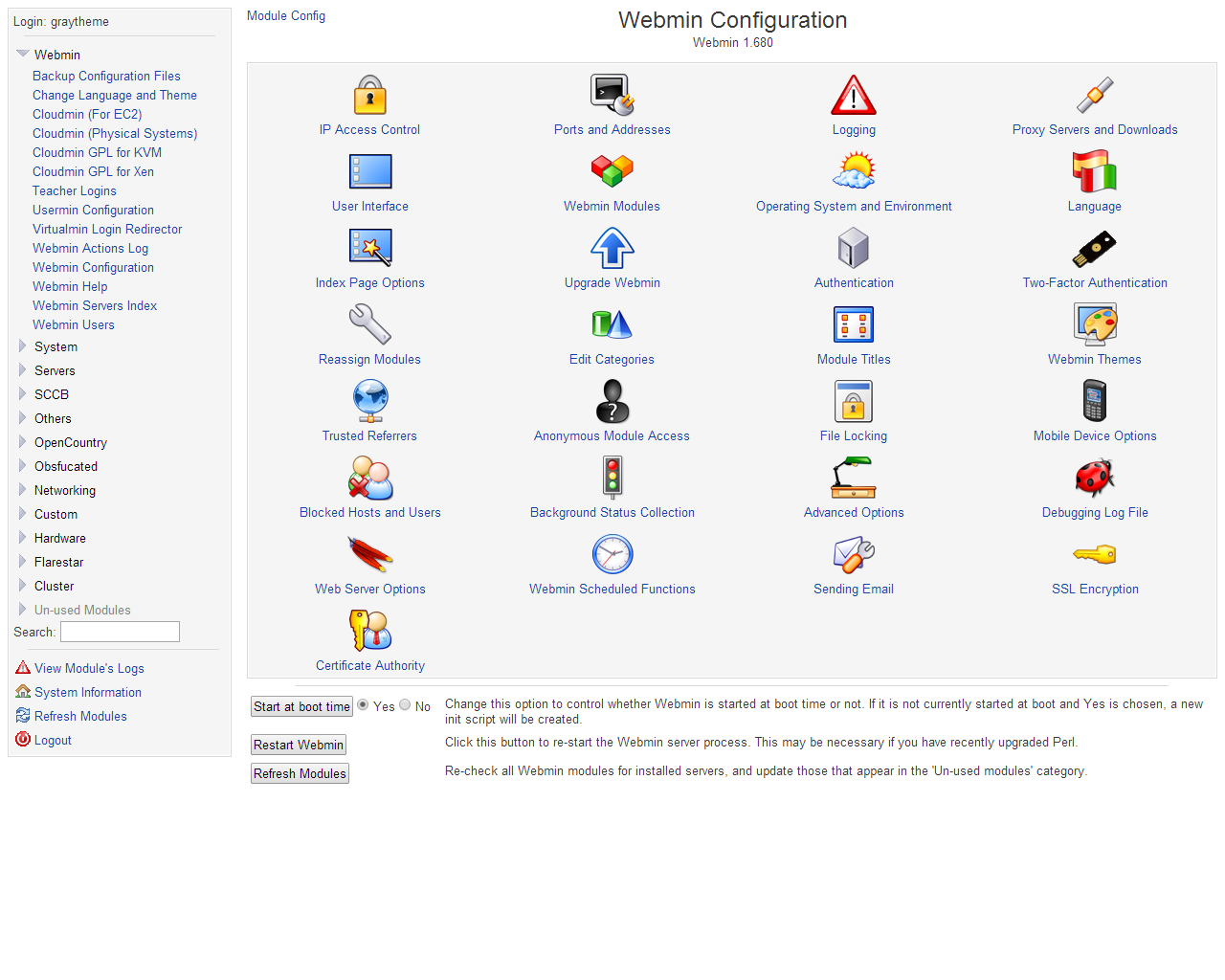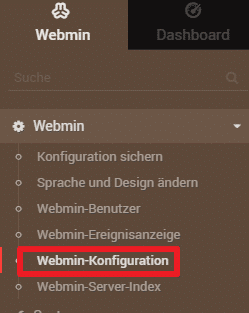

In my use case, should I have installed it natively? I’m not opposed to that at all, but I don’t see any OS requirements listed like WebODM has (Using Ubuntu 16.4 LTS). I’ve tried going to Webmin Configuration > Sending Email, checking Enable SSL and setting Use port number to 587, but when I click save, it automatically unchecks Enable SSL and automatically set Use port number to default port. I’ve tried looking at the documents at GitHub - OpenDroneMap/NodeODM: A lightweight REST API to access aerial image processing engines such as ODM or MicMac, but I don’t see anything specific about it. `sudo docker run -ti -d -restart unless-stopped -p 3000:3000 opendronemap/nodeodm’īut, now how do I interact with NodeODM outside of the WebODM environment? I’m not sure how I am supposed to interact with it at the command line. change line listen10000 to listen0 this disabled udp port 10000 and that other webmins are finding us > add line: allow127.0.0.1 allow only access. I’m not sure how I’m supposed to follow your suggestion to run NodeODM with -help so I can set the specific values. At pierotofy’s recommendation, I installed NodeODM using docker and it is working fine for that. My WebODM is natively installed, but since this last go around, I was unable to get NodeODM to run. I need more hours in a day.Īll the new instances I’ve brought up have been using docker, at least the four NodeODM instances. I’m trying to learn, but I also have a ton of other things on my plate, all vying for my precious time.

#Webmin change port how to#
I’ve been avoiding it for too long and barely know how to use it even for this.
#Webmin change port password#
You will need to enter the root password of the server running Webmin to use the Webmin interface and administer the server.I’m very new to using docker for anything.

In a web browser, enter the https address of the server with the port number 10000 to access Webmin:
#Webmin change port install#
It lets you do things like change the port and Webmin uses, limit the client addresses that can connect, change the theme and language that the user interface uses and install new modules. Start rvice or enable it if you wish to load webmin at boot. The Webmin Configuration module exists to allow Webmin itself to be configured, unlike most other modules that are designed to configure some other server or service. in the terminal and got this as a response:¨.
I tried the command: nc -zvw 3On this screen, you can change the port on which Webmin listens for connections by specifying it in Listen on port Specific port. UPDATE1: After installing Webmin again, I still cant access it through the browser. Then, click the Ports and Addresses icon. Now that we have an active firewall rule allowing us to. Navigate to the Ports and Addresses configuration module by selecting the following options from the menu: Webmin Webmin Configuration. Webmin uses port 10000 by default to host its web server and will accept connections coming in on any network interface. To bind Webmin to localhost (only), add the following line into your /etc/webmin/nf file. Once the port has been changed, press CTRL+X, followed by y, and then hit enter to save your changes. Change port 10000 listen on port, and Save. Expand Webmin and select Webmin configuration Click in Port and addresses. To pass Error Error - Document follows change After a fresh restart the Webmin server should be running again. Figure 2-1 The Webmin login page If the OpenSSL library and the Net::SSLeay Perl module have already been installed on your system, Webmin will automatically start in SSL mode. To change the port, edit the port variable in the /etc/webmin/nf file. If the password is changed using the command-line passwd command or the Users and Groups module, your Webmin password will change too. You may want to configure your firewall to restrict access only from certain IP addresses. To allow access to Webmin from a remote computer, configure your firewall to allow access to TCP port 10000. See the standard modules page for a list of all the functions built into Webmin, or check out the screenshots. Webmin removes the need to manually edit Unix configuration files like /etc/passwd, and lets you manage a system from the console or remotely. Using any modern web browser, you can setup user accounts, Apache, DNS, file sharing and much more. Webmin is a web-based interface for system administration for Unix.


 0 kommentar(er)
0 kommentar(er)
